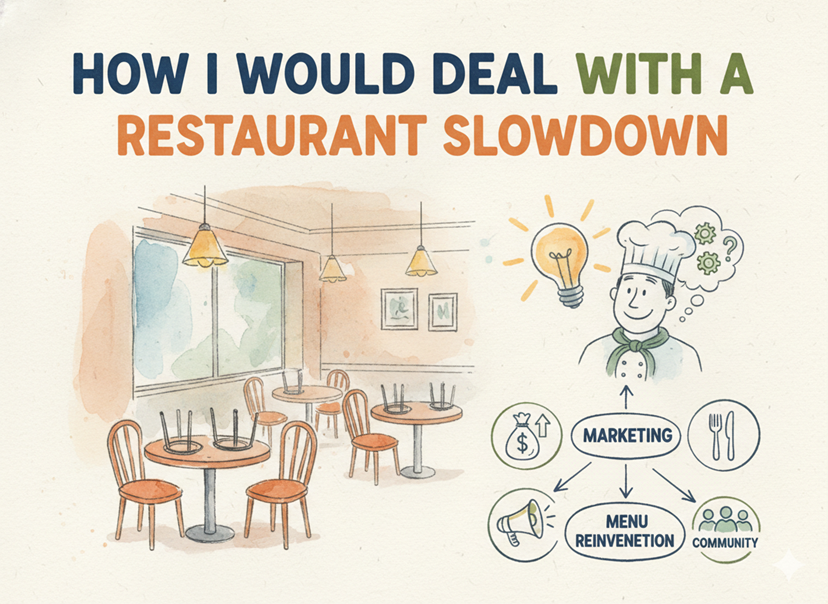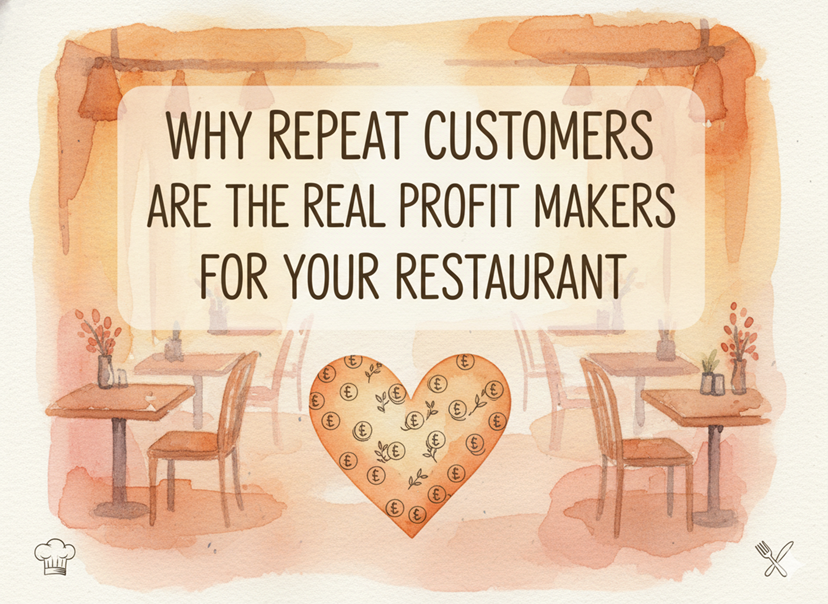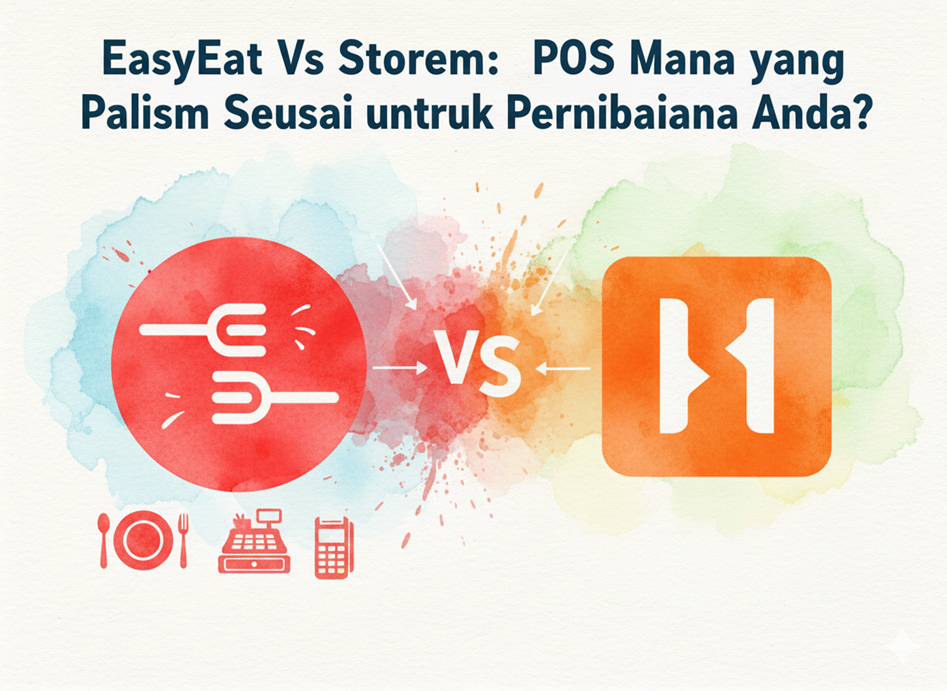If you don’t know what to change you will never change. This is important for the growth of your restaurant sales. This is where SWOT analysis for restaurants comes in handy. This blog will help you find out why you aren’t making as much profit as you should be. You never know what weakness is pulling you down. Read more to find out how you can do a SWOT analysis for your restaurant and how to deal with the weaknesses. You will also come across detailed examples that will help you determine whether you’re on the right path or not.
What is a SWOT Analysis?
SWOT analysis means identifying four key areas of your business: Strengths, Weaknesses, Opportunities, and Threats. Strengths are the things you do well. Weaknesses are areas where you need improvement. Opportunities are chances to grow or improve your business. Threats are the external challenges that can affect your restaurant. It’s a simple yet powerful tool for understanding your restaurant’s position in the market and planning accordingly.
Why is SWOT Assessment Important for Restaurants?
A SWOT assessment provides a clear view of your restaurant’s current standing. It helps you understand what’s working well and where you can improve. It also highlights potential growth opportunities and prepares you to handle risks. For instance, a study by the National Restaurant Association found that 60% of restaurants fail within the first year, largely due to poor planning and lack of market understanding. A SWOT analysis can help you avoid becoming part of this statistic by giving you the insights you need to make informed decisions.
How to Do a SWOT Analysis for Restaurants
To conduct a SWOT analysis for your restaurant, you need to carefully evaluate each area and take actionable steps based on your findings.
Identifying Your Strengths
Start by listing what sets your restaurant apart. Strengths are the factors that give you an edge over competitors. For example, you might have a unique menu that customers love, a prime location that attracts foot traffic, or a team of skilled and friendly staff. These are your strengths and the foundation of your success. According to a survey by OpenTable, 70% of diners choose restaurants based on positive reviews about food and service quality. Use customer feedback and sales data to identify your strengths and ensure you continue to excel in these areas.
Recognizing Your Weaknesses
No restaurant is perfect, and recognizing your weaknesses is the first step toward improvement. Weaknesses might include slow service during busy hours, outdated décor, or limited marketing efforts. For example, if your menu hasn’t been updated in years, it might be time for a refresh to attract new customers. Addressing weaknesses is critical because they can hurt your reputation and sales. A recent report highlighted that 68% of customers won’t return to a restaurant after experiencing poor service. Pay attention to customer complaints and online reviews to spot areas that need improvement.
Spotting Opportunities
Opportunities are external factors that can help your restaurant grow. These might include partnering with delivery apps to reach more customers, hosting events like live music nights to attract a crowd, or adding healthier menu options to cater to changing preferences. For instance, the demand for online food delivery has grown significantly, with Statista reporting that the global online food delivery market reached $130 billion in 2022. If delivery is not yet part of your services, this could be a valuable opportunity to explore. Keep an eye on trends and customer demands to identify areas where you can innovate and expand.
Identifying Threats
Threats are external challenges that could negatively impact your restaurant. These might include rising ingredient costs, new competitors opening nearby, or changes in local regulations. For example, inflation has led to an increase in food prices, making it harder for restaurants to maintain profit margins. A report by the U.S. Department of Agriculture noted that food-at-home prices rose by 8.5% in 2023. Staying aware of industry trends, competitor activities, and economic changes can help you prepare for these threats and develop strategies to mitigate them.
How to Use Your SWOT Analysis Results
Once you have completed your SWOT analysis, it’s time to take action. Build on your strengths by promoting what you do best. For instance, if you’re known for a signature dish, use it as a centerpiece in your marketing campaigns. Address weaknesses by implementing changes that improve customer satisfaction, such as getting a POS system to reduce wait times or updating your menu to a digital menu. Seize opportunities by adopting new services or hosting events that attract customers. Lastly, plan for threats by creating contingency plans, such as locking in ingredient prices with suppliers to combat inflation.
SWOT Analysis Examples for Restaurants
Example 1: Small Café
A small café might find its strengths in a cozy atmosphere and unique coffee blends that customers rave about. However, its weaknesses could be limited seating and no online presence. Growth opportunities might include offering online ordering or introducing a loyalty program to retain customers. Threats could be new coffee shops opening nearby, drawing away potential customers. By addressing these points, the café can strengthen its position and attract more business.
Example 2: Family Restaurant
A family restaurant might have strengths such as affordable prices and a family-friendly menu. On the downside, it could suffer from outdated décor or slow service. Opportunities might include partnering with local schools for events or offering catering services. Threats could involve rising food costs or high staff turnover, which are common challenges in the industry. Understanding these factors can help the restaurant make changes that ensure long-term success.
FAQ Section
- What are the weaknesses of a restaurant?
Weaknesses of a restaurant might include slow service, lack of marketing efforts, an outdated menu, or poor location. You can identify these weaknesses way before to improve and avoid customer dissatisfaction.
- What is a SWOT analysis example?
For example, a small café might identify strengths like a cozy atmosphere, weaknesses like limited seating, opportunities like offering online ordering, and threats like new competitors. You can learn a lot from this simple example.
- What are the opportunities of a restaurant?
Opportunities for a restaurant could include adding delivery services, hosting special events, or introducing menu items that follow food trends. These opportunities can help you attract more customers and grow your business.
- What is the meaning of SWOT analysis?
SWOT analysis stands for Strengths, Weaknesses, Opportunities, and Threats. You can use this tool to evaluate your business’s current position and plan for the future effectively.




